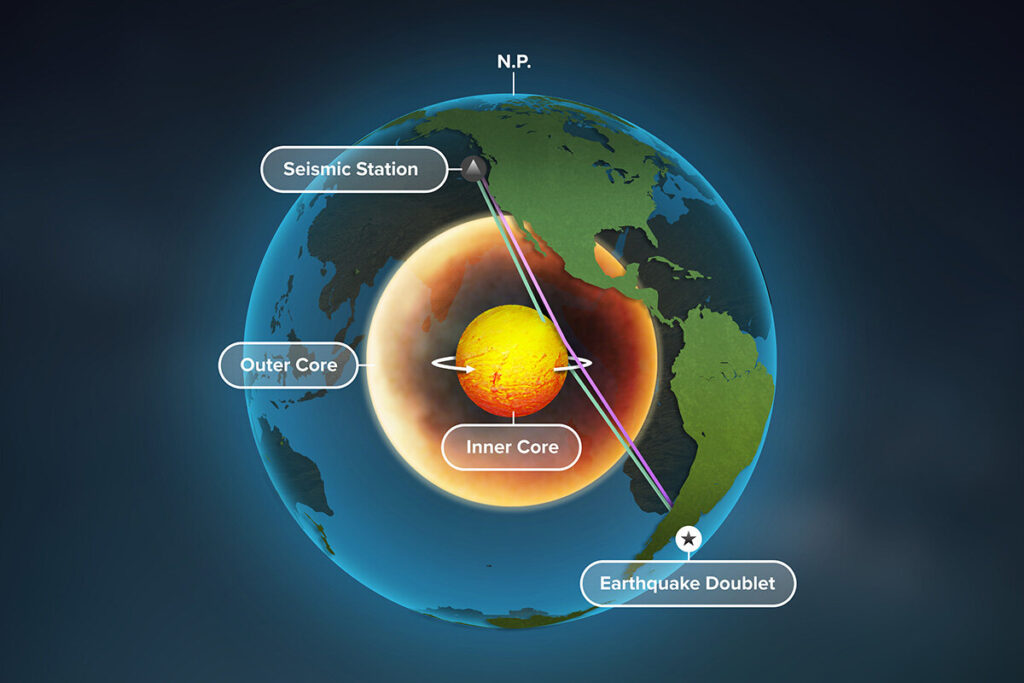The outer layer of the Earth, the solid crust
we walk on, is made up of broken pieces, much like the shell of a broken egg.
These pieces, the tectonic plates, move around the planet at speeds of a few
centimetres per year. The plates then disperse or scatter and move away from
each other, until they eventually – after another 400-600 million years – come
back together again. Every so often they come together and combine into a
supercontinent, which remains for a few hundred million years before breaking up.
Two hundred and fifty million years ago, the
landmasses of Earth were clustered into one supercontinent dubbed Pangea. It
existed during the late Paleozoic era and early Mesozoic era. It assembled from
the earlier continental units of Gondwana, Euramerica and Siberia during the
Carboniferous approximately 335 million years ago. It began to break apart
about 200 million years ago, at the end of the Triassic and the beginning of
the Jurassic.
There are four fundamental scenarios for the
next supercontinent: Novopangea, Pangea Ultima, Aurica and Amasia. The
formation of each depends on different scenarios, but ultimately are linked to
how Pangea separated and how the world’s continents are still moving today.
The breakup of Pangea led to the formation of the
Atlantic ocean, which is still opening and getting wider today. Consequently,
the Pacific ocean is closing and getting narrower. If we assume that present
day conditions persist, we have a scenario where the next supercontinent forms
in the antipodes of Pangea. The Americas would collide with the northward
drifting Antarctica and then into the already collided Africa-Eurasia.
The supercontinent that would then form has
been named Novopangea, or Novopangaea.
The Atlantic opening may, however, slow down and
actually start closing in the future. The two small arcs of subduction in the
Atlantic could potentially spread all along the east coasts of the Americas,
leading to a reforming of Pangea as the Americas, Europe and Africa are brought
back together into a supercontinent called Pangea Ultima.
However, if the Atlantic was to develop new
subduction zones – something that may already be happening – both the Pacific
and Atlantic oceans may be fated to close. This means that a a new ocean basin
would have to form to replace them. In this scenario the Pan-Asian rift
currently cutting through Asia from west of India up to the Arctic opens to
form the new ocean. The result is the formation of the supercontinent Aurica.
Because of Australia’s current northwards drift,
it would be at the centre of the new continent as East Asia and the Americas
close the Pacific from either side. The European and African plates would then
rejoin the Americas as the Atlantic closes.
The fourth scenario predicts a completely
different fate for future Earth. Several of the tectonic plates are currently
moving north, including both Africa and Australia. This drift is believed to be
driven by anomalies left by Pangea, deep in the Earth’s interior, in the part
called the mantle. Because of this northern drift, one can envisage a scenario
where the continents, except Antarctica, keep drifting north. This means that
they would eventually gather around the North Pole in a supercontinent called
Amasia. In this scenario, both the Atlantic and the Pacific would mostly remain
open.
Investigating the Earth’s tectonic future
forces us to push the boundaries of our knowledge, and to think about the
processes that shape our planet over long time scales.
It also leads us to think about the Earth system
as a whole, and raises a series of other questions – what will the climate of
the next supercontinent be? How will the ocean circulation adjust? How will
life evolve and adapt?
-Darshini
Shah




 we are online |
we are online |